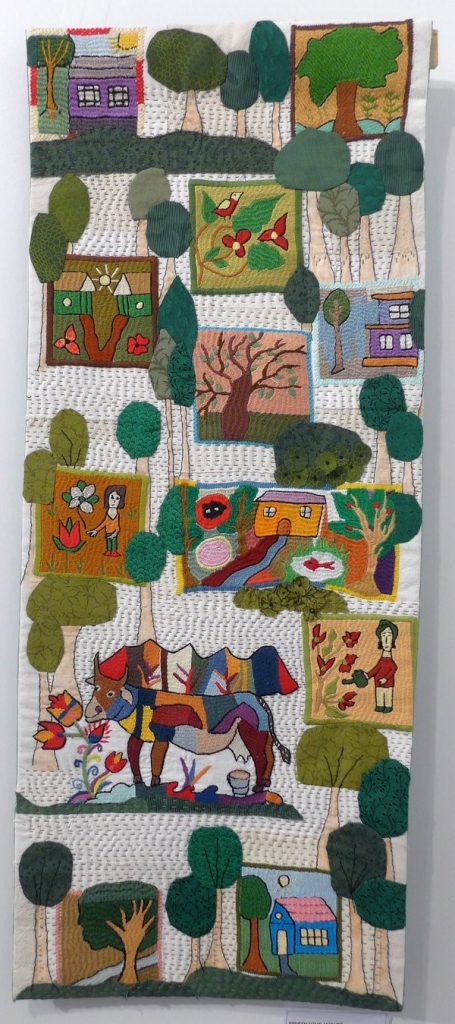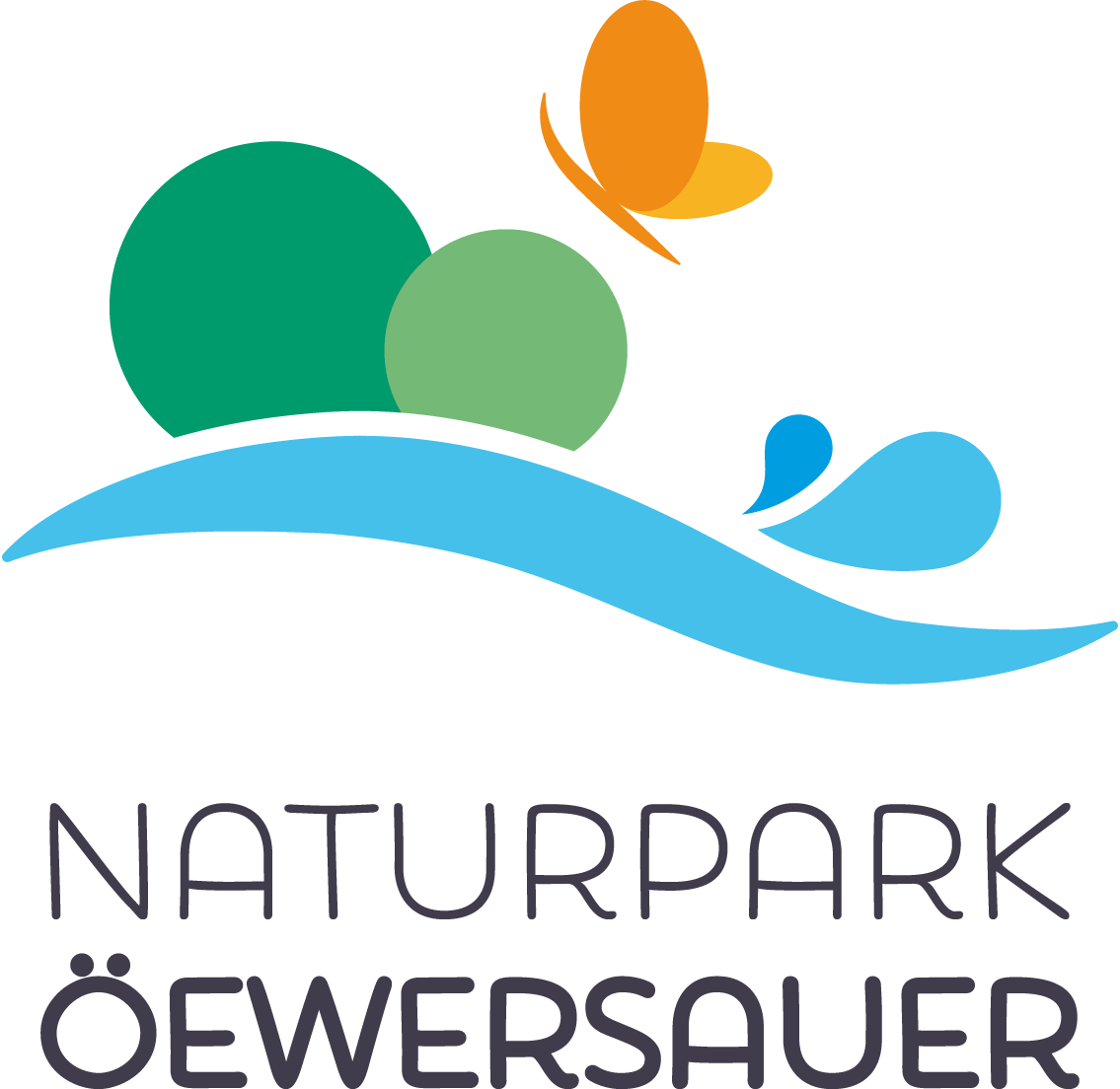(23.06.2022 – 17.07.2022)

As part of the official program Esch2022 – European Capital of Culture, the Esch-sur-Sûre cloth factory and Benu Village Esch asbl have presented the H2Only project. The project offered activities around textiles and water and invites, among other things, to see textiles from a different perspective. In cooperation with the “Handaarbechtstreff” of the Club senior 50+ & aktiv Kielen, it was possible to show the textile exhibition “COWandMORE”.
The textile travelling exhibition comprises 50 works by international textile artists, including 3 works by artists from Luxembourg. The exhibition is based on the embroidery programme Guldusi, a project of the German-Afghan Initiative with the aim of supporting women in Afghanistan.
Many Afghan women are very skilled embroiderers. The Guldusi programme (“Gul” means flower, “Dusi” means embroidery in Farsi) is aimed at them and offers participants the opportunity to earn money with their handicraft skills. At the same time, it helps to ensure that the tradition of hand embroidery is maintained and passed down through the generations.
For ‘COWandMORE’, the Afghan women embroidered cows. But they also create other motifs such as flowers, birds or illustrate everyday themes such as the family or symbols of war. The embroideries created in Afghanistan are then sold in Europe and serve as a basis for artistic work. Textile creators are invited to integrate the unique stitching into their own designs. The process of creative matching is a declaration of solidarity with the embroiderers in the Afghan villages.
Despite the far-reaching political changes Afghanistan has been experiencing since spring 2021, the contact with the embroiderers will be maintained. Even under difficult conditions, they continue to receive orders and a fair wage for their work. Hopefully, their colourful embroidered pictures will continue to bring a piece of Afghan culture to Europe also in the future.
Pascale Goldenberg, who has been involved in the embroidery programme since the beginning, explains: ‘Why cows? In the more than ten years of visiting the Afghan villages, two major advances can be noticed: the fathers have understood that not only their sons but also their girls have to go to school. The second visible progress is cows. More than 10 years ago, it was rare to see a cow on a farm. Nowadays they are no longer rare and many embroiderers can now afford a cow – even if not every year.’
The goals of the German-Afghan Initiative e.V. (DAI) are to help women and children, promote education and support nomads in remote areas of Afghanistan. (www.guldusi.com)

